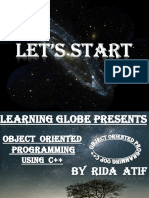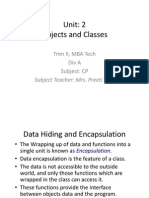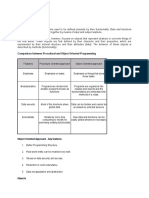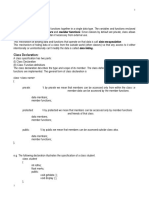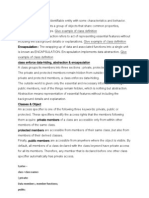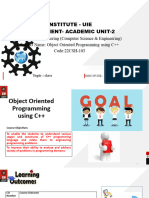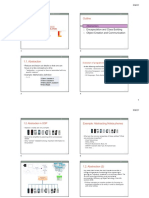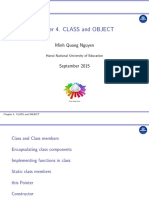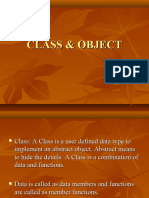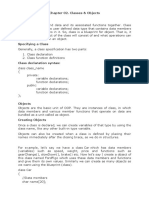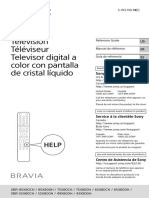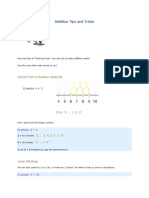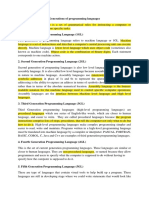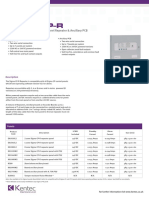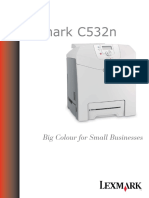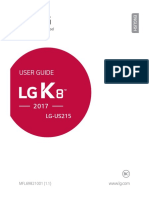0% found this document useful (0 votes)
37 views17 pagesCLASS and Objects
This document discusses classes and objects in C++. It defines a class as a template that specifies the form and behavior of objects, and defines an object as an instance of a class that stores its own set of data values and supports operations to access that data. The document outlines key concepts like class declaration, defining objects, accessing member functions, static data members, and the relationship between arrays and classes.
Uploaded by
50.bhaldarnaziyamohammadjavedCopyright
© © All Rights Reserved
We take content rights seriously. If you suspect this is your content, claim it here.
Available Formats
Download as PDF, TXT or read online on Scribd
0% found this document useful (0 votes)
37 views17 pagesCLASS and Objects
This document discusses classes and objects in C++. It defines a class as a template that specifies the form and behavior of objects, and defines an object as an instance of a class that stores its own set of data values and supports operations to access that data. The document outlines key concepts like class declaration, defining objects, accessing member functions, static data members, and the relationship between arrays and classes.
Uploaded by
50.bhaldarnaziyamohammadjavedCopyright
© © All Rights Reserved
We take content rights seriously. If you suspect this is your content, claim it here.
Available Formats
Download as PDF, TXT or read online on Scribd
/ 17








